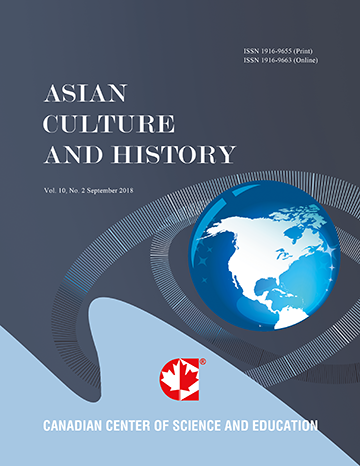Managing University Congregation Election in Nigeria for Better Result
- Chika Ifedili
- Oghomwen Agbonaye
Abstract
The study investigated the conduct of university’s congregation election following the general complaints by university staff of poor organization and conduct. The population consisted of all principal officers and all graduates employed by the various universities in the three geo-political zones of Nigerian federation: North-Central, Southeast, and Southwest. From these zones, a sample of two federal and two state universities were selected by stratified random sampling method for the study. A stratified random sampling method was used to select 200 (100 academic and 100 non-academic) staff from each of federal government universities while 100 (50 academic and 50 non-academic) staff was selected from state universities. A total sample of 900 academic staff (450 males and 450 females) and 900 administrative staff (450males and 450 females) participated in the study. The data of the study were collected using questionnaire. The questionnaire was titled Management of Congregation Election Inventory (MCEI). It was made up of two parts – Part A was demographic while Part B contained 12 questions bothering on organization of previous elections, management and outcome of previous election results. The validity of the questionnaire was made by the experts in educational administration and planning and also in political Science. The reliability of the instrument was tested using a Split-Half Method. The Correlation Coefficient was corrected by the use of Spearman Brown Formula. The Pearson Product Moment Correlation was .75 and final Spearman Brown Formula yielded 0.82. The major finding was that election was poorly organized and conducted, Based on the findings, the major recommendation was a surgical change in the organization and conduct of congregation election.- Full Text:
 PDF
PDF
- DOI:10.5539/ach.v4n2p127
Journal Metrics
Google-based Impact Factor (2017): 5.42
h-index (January 2018): 11
i10-index (January 2018): 21
h5-index (January 2018): 6
h5-median (January 2018): 9
Index
- Academic Journals Database
- CNKI Scholar
- COPAC
- EconPapers
- Elektronische Zeitschriftenbibliothek (EZB)
- Excellence in Research for Australia (ERA)
- Genamics JournalSeek
- Google Scholar
- Infotrieve
- LOCKSS
- MIAR
- NewJour
- Open J-Gate
- PKP Open Archives Harvester
- Publons
- RePEc
- Scilit
- SHERPA/RoMEO
- Standard Periodical Directory
- Technische Informationsbibliothek (TIB)
- The Keepers Registry
- Universe Digital Library
- WorldCat
Contact
- Ivan YongEditorial Assistant
- ach@ccsenet.org
